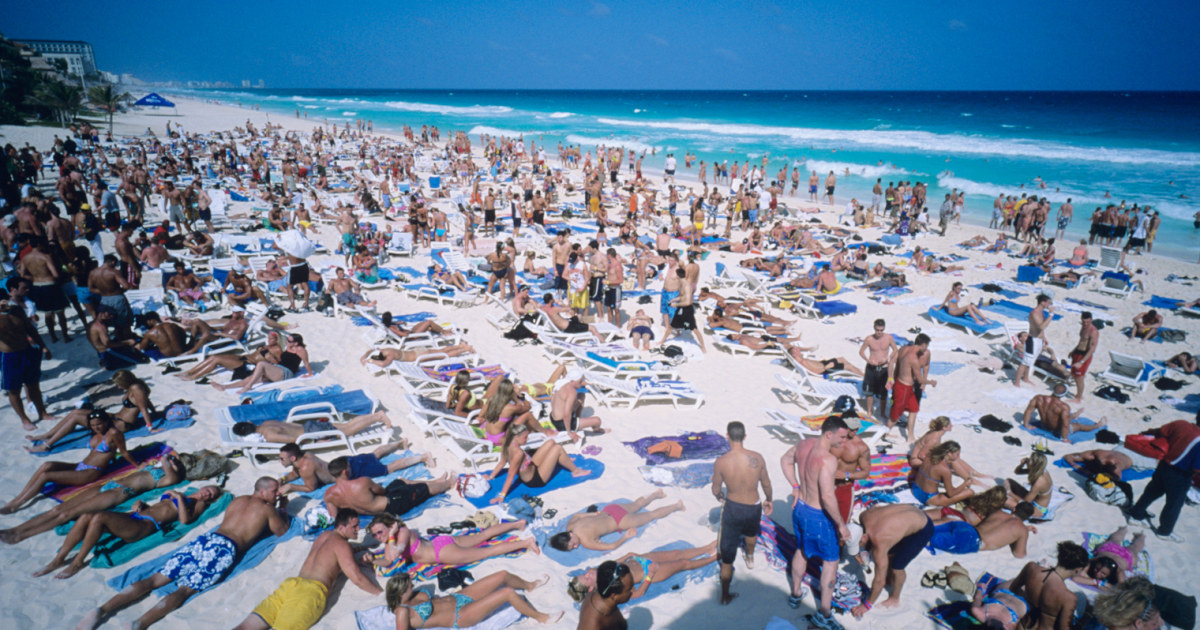United Airlines expects its busiest spring break ever this year, even as travelers say they are concerned about rising costs.
The carrier said Monday it expects to serve more than 21 million passengers from March 8 to April 21 — up nearly 10% compared with last year.
That equates to more than 200,000 people per day on average during the period — about 15,000 more people flying per day than last year.
United said it expects the busiest travel day to be Friday, March 22, when more than 500,000 passengers are scheduled to travel via the carrier. Likewise, the week of March 25 will be the busiest travel week, with about 480,000 people flying each day that week, on average.
The travel group Expedia separately reported last month that the April 8 solar eclipse appears to be driving some of the biggest surges in bookings, with locations in Texas — the state with one of the largest exposures to the event — nearly doubling; searches for Dallas are up 95% year over year, Expedia said, while Austin searches are up 90%.
United and Expedia both said traditional spring getaway locations like Florida; Cancún, Mexico; and Las Vegas remain at the top of this year’s most-sought-after destinations list.
According to the travel booking group Hopper, 90% of survey respondents traveling this spring said price and affordability are top of mind.
Yet despite higher demand, prices are actually down this year, according to Hayley Berg, the lead economist with Hopper. A “good deal” average price for someone who plans ahead for a spring break trip in the U.S. is down 2% from last year and 11% from 2019 to about $250, Hopper data shows.
In fact, the lower prices are helping drive demand, Berg said. Thanks to increased competition from low-cost carriers, increased seating capacity on planes and a return to full-strength staffing, the price the average consumer is likely to encounter when booking continues to fall — a trend that had been occurring before the onset of Covid-19 in 2020.
“It’s been great for consumers,” she said. “Pre-pandemic, prices were down consistently for years. It’s something that’s allowed the millennial generation to have travel be something they do a lot of.”













